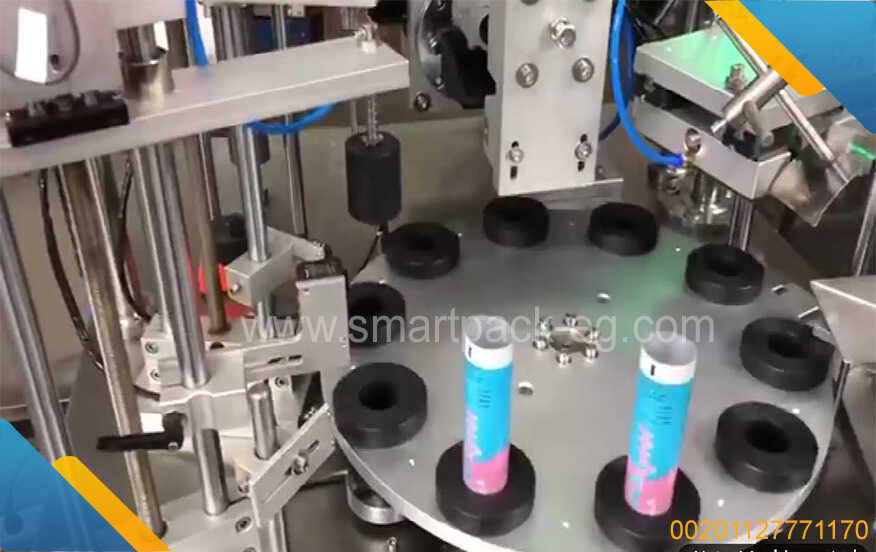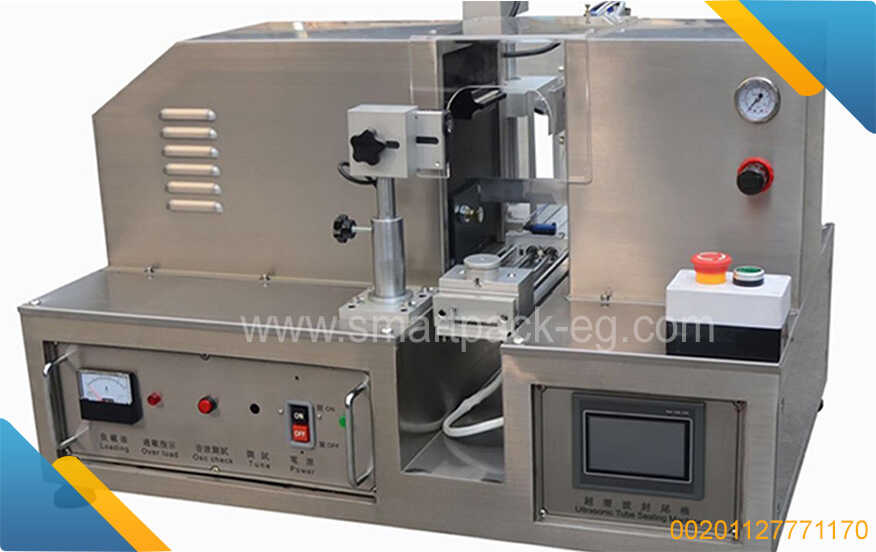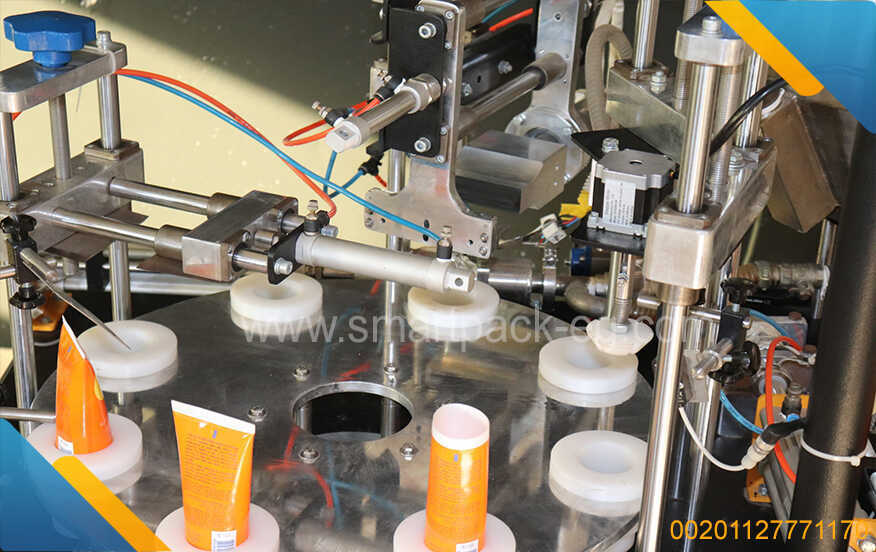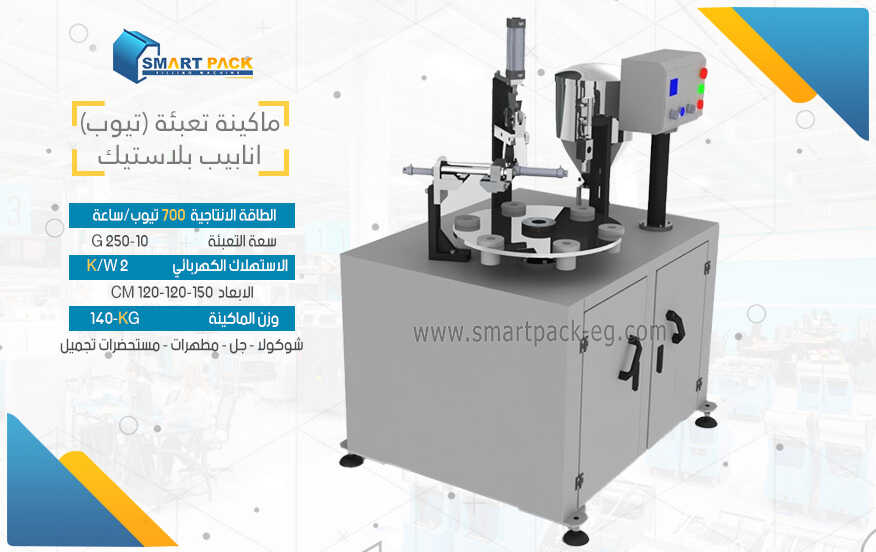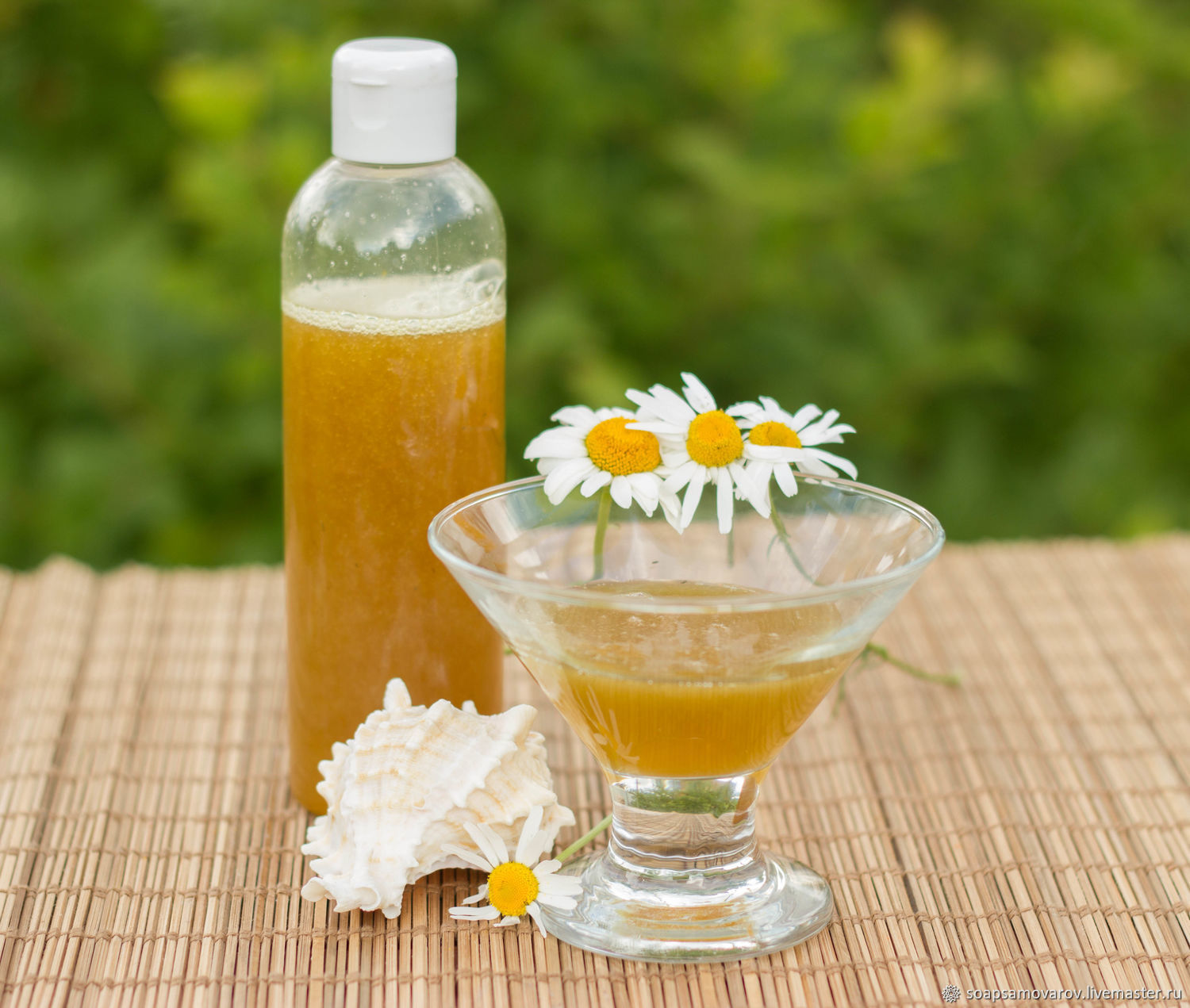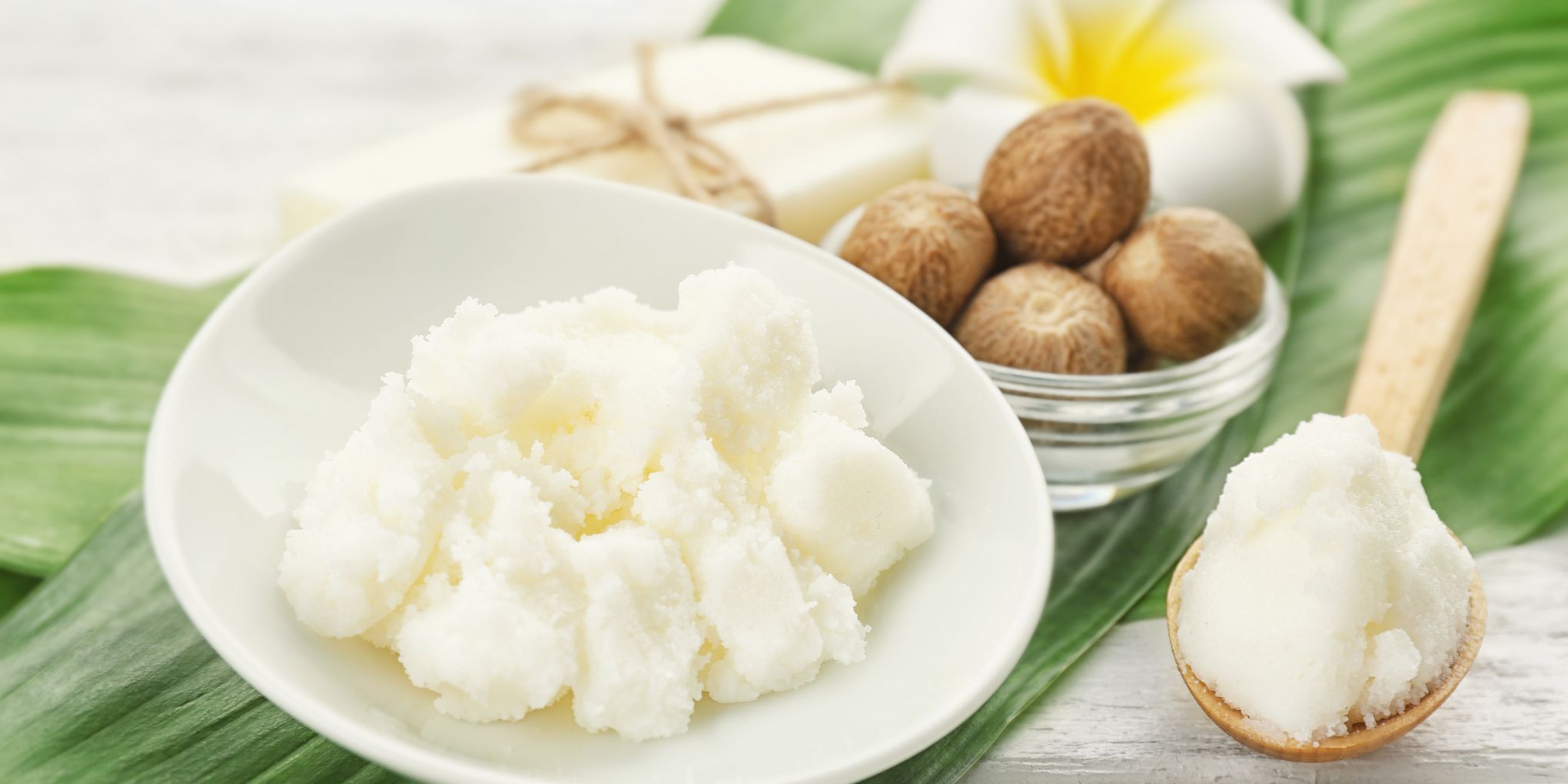How to Guide: Factory Machines for Producing and Packing Liquids in Jerry Cans
Introduction:
In the world of manufacturing, efficient and reliable machines are essential for producing and packing liquids in jerry cans. Whether you are a seasoned manufacturer or new to the industry, understanding the different types of machines, their components, and the processing involved can help you optimize productivity and achieve high-quality results. This guide will provide an overview of factory machines for producing and packing liquids in jerry cans, giving you the knowledge you need to make informed decisions for your manufacturing processes.
Types of Machines:
- Liquid Filling Machines:
Liquid filling machines are designed to accurately fill jerry cans with various types of liquids. These machines can handle a wide range of viscosities, from thin liquids such as water and oils to thicker liquids like syrups and creams. There are different types of liquid filling machines available, including:
-
Gravity Fillers: Gravity fillers use gravity to fill jerry cans with liquids. These machines are ideal for filling non-viscous liquids and are relatively simple to operate. They feature a tank that holds the liquid and a nozzle that dispenses it into the jerry cans. The speed of filling can be adjusted based on your production requirements.
-
Piston Fillers: Piston fillers utilize a piston mechanism to accurately measure and dispense liquids into jerry cans. These machines are suitable for both thin and thick liquids and allow for precise filling volumes. The piston is driven by a cylinder that pushes the liquid into the containers, ensuring consistency and accuracy.
-
Overflow Fillers: Overflow fillers are commonly used for filling jerry cans with thin, foaming liquids. These machines fill the container to a predetermined level and then allow the excess liquid to overflow. This method ensures consistent fill levels and minimizes foam formation.
- Capping Machines:
Capping machines automate the process of securely sealing jerry cans to prevent leaks and ensure product integrity. There are different types of capping machines available, including:
-
Screw Cappers: Screw cappers have an adjustable chuck that tightens the cap onto the jerry can by rotating it. These machines can handle various cap sizes and provide consistent torques to ensure proper sealing.
-
Snap-on Cappers: Snap-on cappers are designed for caps that are snapped onto the jerry cans. They use mechanical or pneumatic mechanisms to apply the required pressure to attach the caps securely.
Components of Factory Machines:
-
Hopper: The hopper is a container that holds the liquid to be filled. It can be either integrated into the machine or a separate unit connected through pipes or tubes.
-
Conveyor System: A conveyor system transports the empty jerry cans to the filling station and then to the capping station. It ensures a smooth flow of containers, optimizing production efficiency.
-
Filling Nozzles: Filling nozzles dispense the liquid into the jerry cans. They can be adjusted to accommodate different fill volumes and prevent spills or splashes.
-
Capping Heads: Capping heads are responsible for securing the caps onto the jerry cans. The number of capping heads varies based on the desired production speed.
Processing Steps:
-
Preparation: Ensure the jerry cans, caps, and liquid are ready for the production run. Check that all components are in good condition, and the liquid is properly stored and filtered if necessary.
-
Machine Setup: Adjust the machine settings, including fill volumes, cap sizes, and torques, based on your product requirements. Validate the settings with test runs to ensure accurate filling and sealing.
-
Load Jerry Cans: Place the empty jerry cans onto the conveyor system, ensuring they are properly aligned and ready for filling.
-
Filling Process: The liquid filling machine will dispense the desired amount of liquid into each jerry can. Monitor the process for any abnormalities and make adjustments as necessary.
-
Capping Process: Once the jerry cans are filled, they move to the capping station. The capping machine will apply the caps securely, ensuring proper sealing.
-
Quality Control: Conduct periodic inspections to ensure the filled jerry cans are properly sealed, accurately filled, and free from defects.
Conclusion:
Factory machines for producing and packing liquids in jerry cans play a crucial role in efficient manufacturing processes. Understanding the different types of machines, their components, and the processing steps involved can help you optimize productivity, ensure product integrity, and achieve high-quality results. By following this guide and selecting the right machines for your specific needs, you can streamline your production processes and meet the demands of your customers reliably and efficiently.

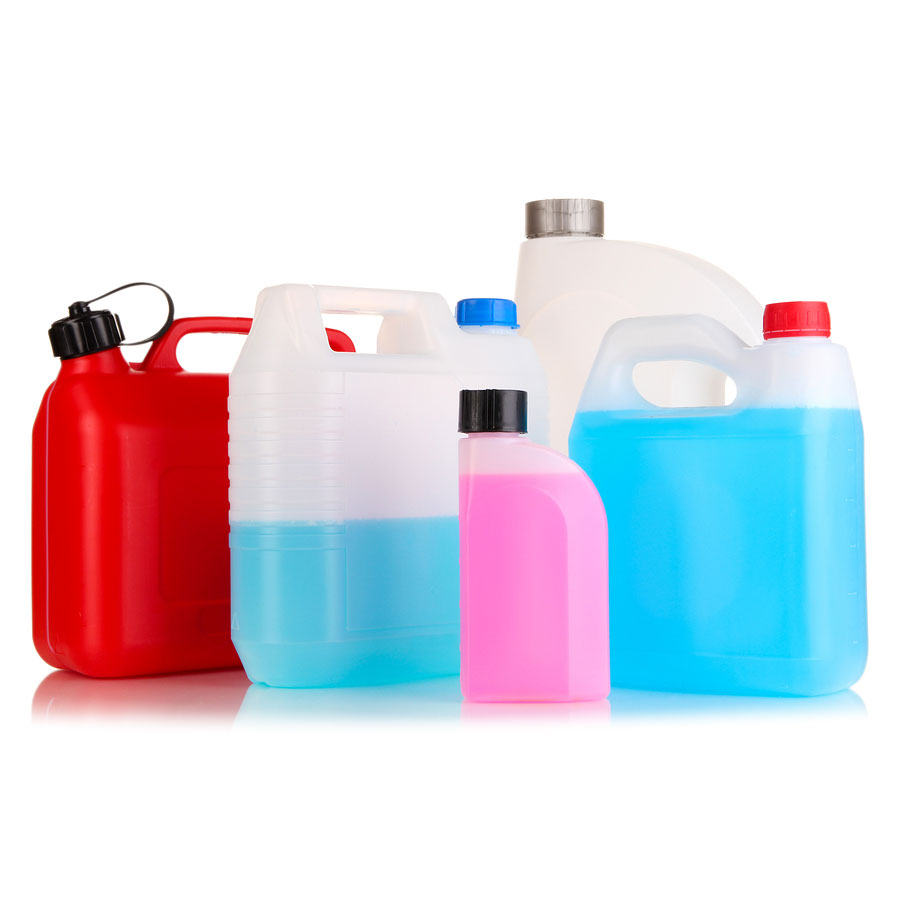
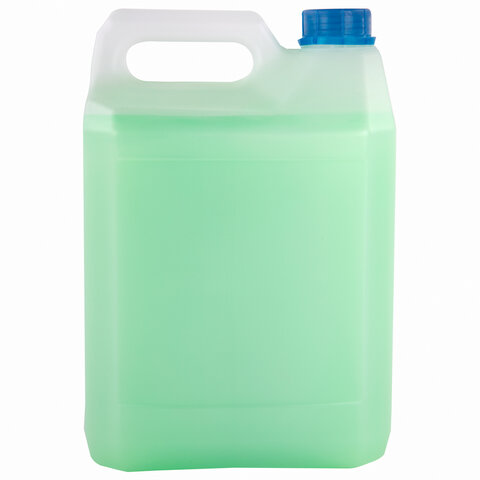
 Admin
Admin 